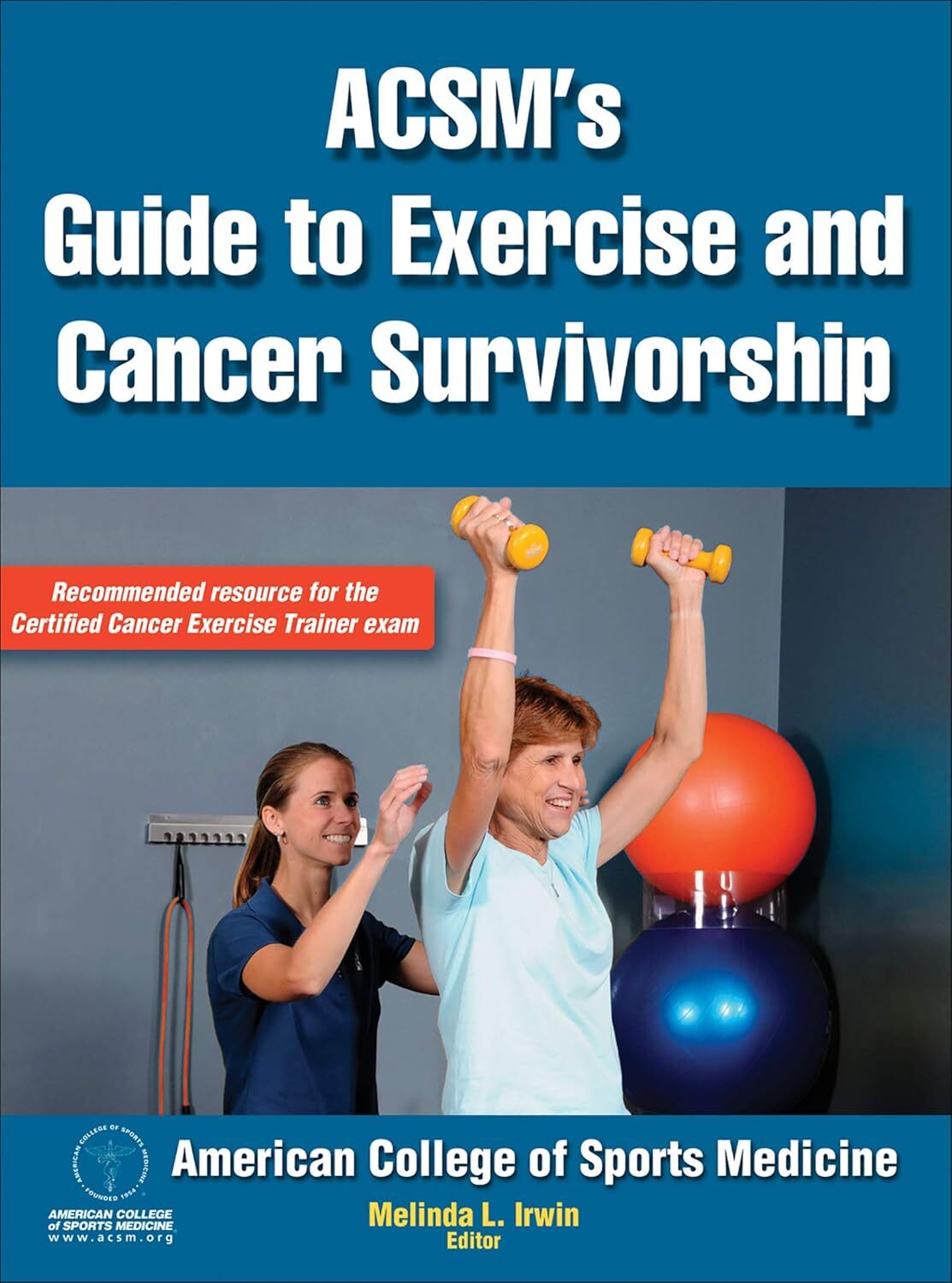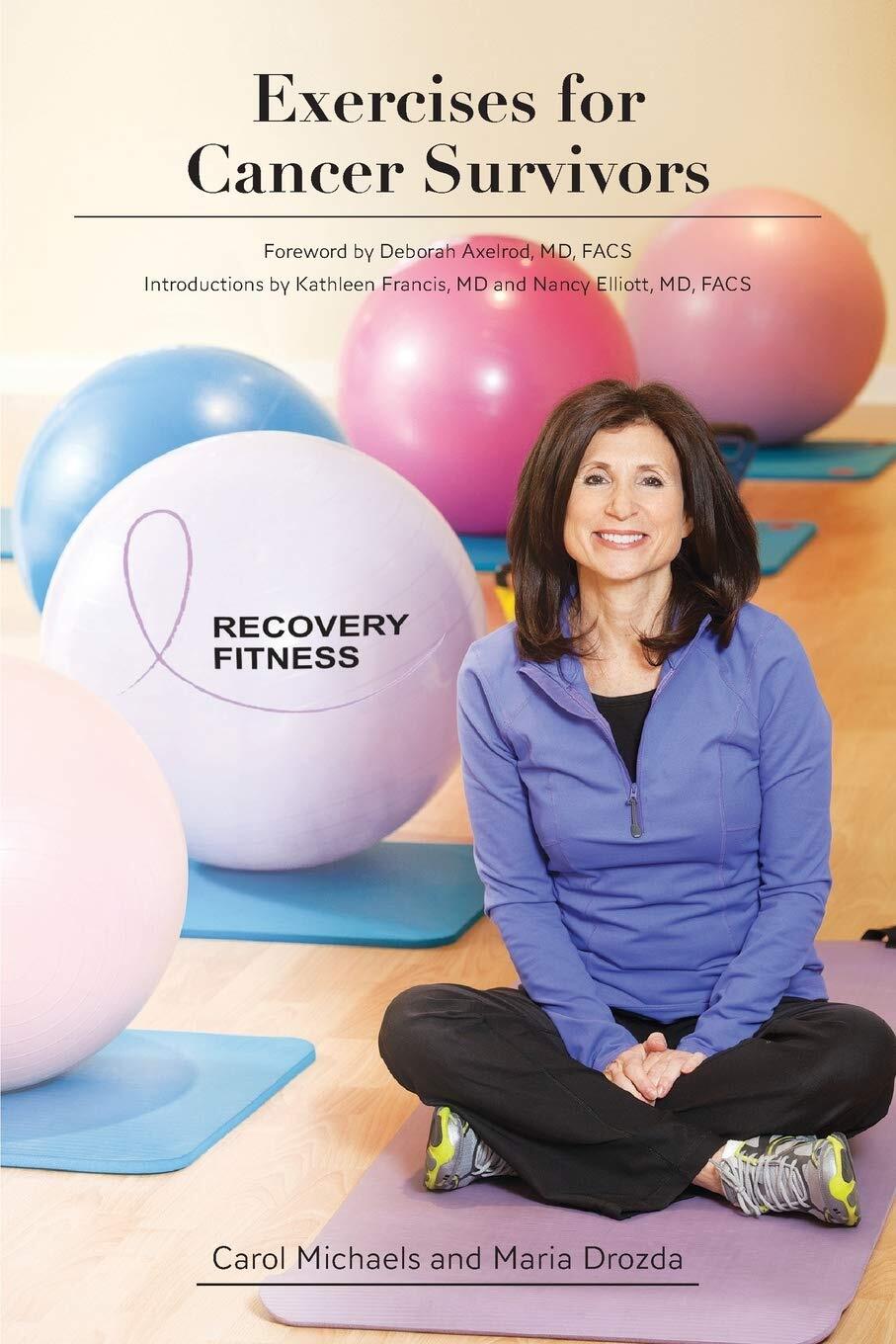Balance Exercises
Improve Stability and Reduce Fall Risk

Introduction
Balance Exercises improve stability and coordination, making daily mobility safer and more self-assured. They reduce fall risk and build confidence for daily activities.
What You Need To Know
How To Do It
Instructions:
- Get Ready: Stand behind a counter or sturdy chair. Keep your back straight and feet together.
- Lift Foot: Slowly lift your right foot off the floor. If needed, hold the back of the chair or counter for support.
- Bend Knee: Bend your right knee to a 90-degree angle.
- Balance and Hold: Hold this position for 10 seconds.
- Lower Foot: Lower your right foot back to the floor.
- Repeat: Repeat the exercise 10 to 15 times on each foot. Try to slowly increase your single-leg balance time, aiming for 30 to 60 seconds.
Standing side leg raises can improve stability by working your hips, glutes, and abdominals. This will help you feel more stable as you walk and change positions.
- Get Ready: Stand upright behind a sturdy chair with feet shoulder-width apart. Put your hands on your hips or hold the back of the chair for support.
- Engage Core: Engage your core and shift your weight to your left foot.
- Lift Leg: Slowly lift your right leg out to the side. Keep your right foot flexed and toes pointing forward.
- Hold & Lower Leg: Hold for 10 to 15 seconds, then lower it to the starting position.
- Repeat: Complete 10 to 15 repetitions on each side.
- Get Ready: Sit toward the front of your chair with your back straight and feet hip-width apart. Rest your hands on your lap or the armrests.
- Engage Core: Engage your core (belly muscles) and press your feet into the floor. Exhale as you hinge at your hips and stand up.
- Balance and Hold: Pause for a breath while standing.
- Lower to Seated: Hinge at your hips and bend your knees to sit down, returning to the starting position.
- Repeat: Repeat this move 10 to 15 times.
Leg Lifts
- Get Ready: Stand with feet hip-width apart or sit upright in a chair, engaging your core and holding a chair/wall for support if needed.
- Engage Core: Tighten your stomach muscles slightly to stabilize your body, whether standing or seated.
- Lift Knee: Slowly lift one knee toward your chest (standing: keep standing leg slightly bent; seated: raise as high as comfortable).
- Balance and Hold: Hold the lifted knee for 1-2 seconds, keeping steady and focusing on a point ahead for balance.
- Lower Leg: Gently lower your foot back to the ground (standing) or chair (seated) with control.
- Switch Sides: Repeat the lift with the other knee, keeping movements slow and controlled.
- Repeat: Alternate legs for 8-12 reps per side, breathing steadily and maintaining balance.
Heel-Toe Raises
- Get Ready: Sit or stand with your back straight and your hands in your lap or on the chair. Keep your feet flat on the floor.
- Lift Heels: Press into the balls of your feet to lift your heels.
- Hold & Lower Heels: Stand on your tiptoes. Hold for 5 to 10 seconds, then lower your heels back to the floor.
- Lift Toes: Press into your heels and lift your toes as high as you can, hinging at your ankles.
- Hold & Lower Toes: Hold for 5 to 10 seconds before placing your feet flat on the floor. Try to do each raise slowly and with control.
- Repeat: Repeat both movements 10 to 15 times.
4. Handle Distractions Gently
If balance wavers or mind drifts, pause, breathe, and reset without self-criticism. Use a mirror to observe form.
5. Conclude Mindfully
After completing the sequence, stand or sit quietly, scanning your body for sensations of steadiness. Deepen breaths, gently shake limbs, and resume activities slowly.
Helpful Tips:
- Consult professionals: Work with a physical therapist to tailor exercises to your needs and physical condition.
- Progress gradually: Start seated if fatigued; advance only when comfortable to avoid injury.
- Use support wisely: A chair or wall is fine—view it as a tool, not a crutch.
- Incorporate daily: Add to walks or yoga for holistic benefits; track improvements in a journal.
- Address reduced sensation: If sensation is limited, focus on visual cues and slower movements.
- Modify for limitations: Skip or adapt exercises causing pain; prioritize consistency over intensity.
- Hydrate and rest: Listen to your body, especially if fatigued; stop if dizzy.
- Combine with strength: Pair with resistance training 2x weekly for comprehensive benefits.
- Be patient: Benefits like reduced fall fear emerge over 4–8 weeks of regular practice.
* Consult your physician before starting any exercise program on this website, as the content is for informational purposes only and not a substitute for professional medical advice.












